A College Student Makes Comics About Her Daily Life, and They’re So Relatable It’s Hilarious
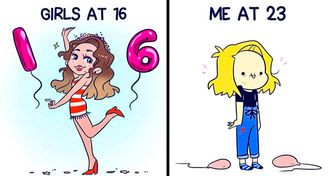
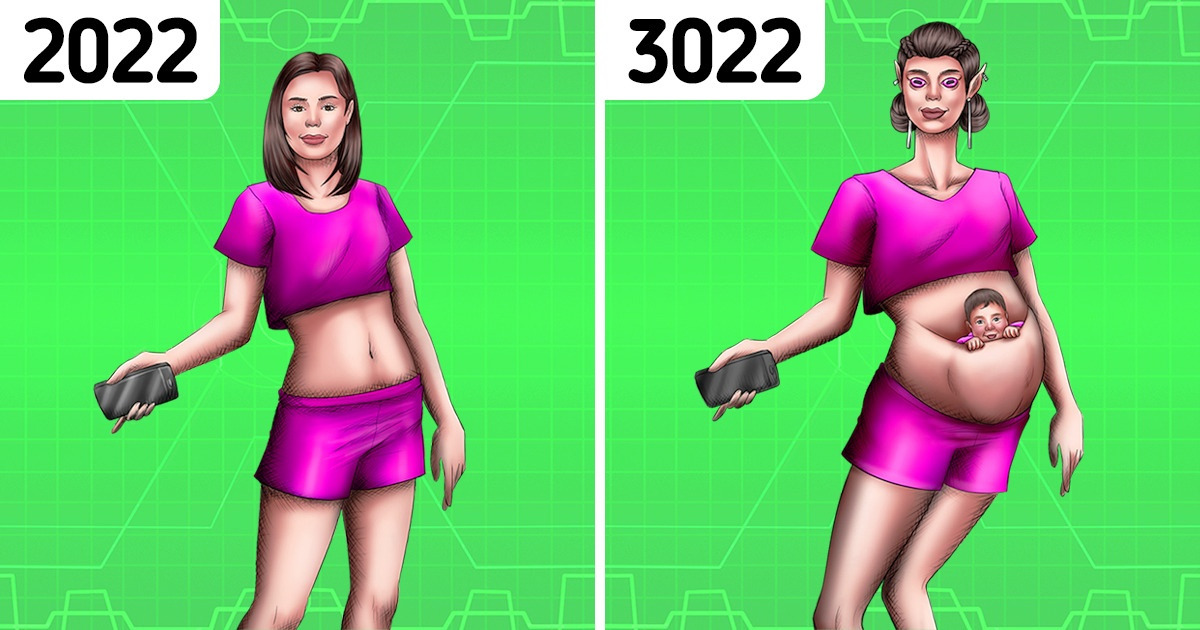
The saying “nobody’s perfect” might go out of style very soon since the perfect body is almost within our reach. With the help of technology and evolution, humans have been through harsh conditions here on Earth and survived, and there’s no stopping us! Except for maybe one thing — our highly evolved but flawed bodies may not be cut out for the future.
We, at Bright Side, decided to gather the best and most unique features from animals, using their cooler genetic makeup to give us a look-see at how we could be in tiptop shape like them. A bonus at the end will give you a sneak peek at how all the cool features can work together to build an “ideal” human.
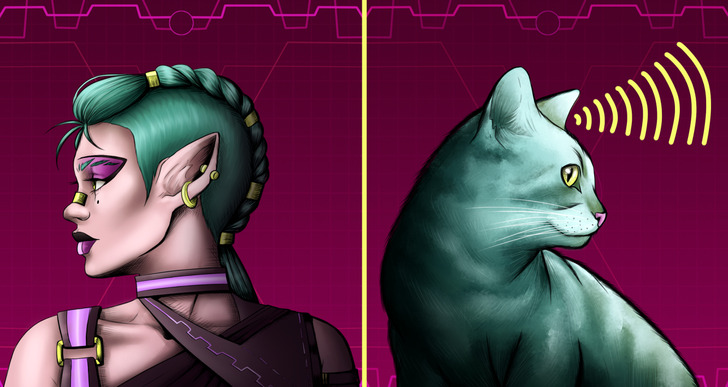
Our ears can be quite lowkey and sometimes fashionable, but it doesn’t hide the fact that our hearing is no good. Even though the human ear is shaped to collect sound and echo it to the inner ear, it can only hear a small range of sounds and pitches. This means that we cannot hear the same sounds other animals can clearly hear.
Unlike humans, cats’ tiny and conical ears are specially designed to detect sounds and vibrations from long distances. A cat’s ears can also move in the direction of a sound because of 30 sets of flexible muscles that allow them to tilt 180 degrees toward the teeny-tiniest inaudible-to-the-human-ear sounds.
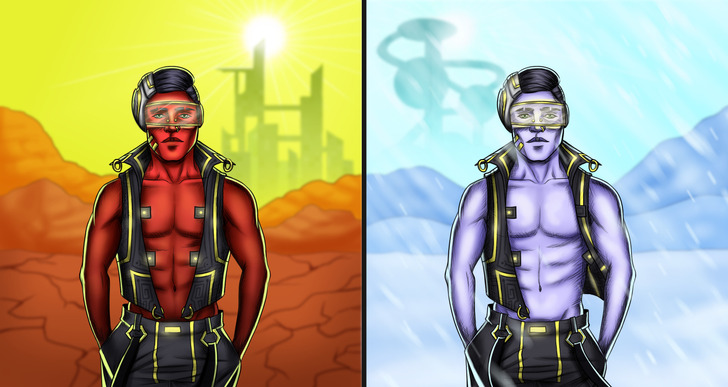
A giant squid’s skin can change color and camouflage according to their environment and at their own will. We also have skin like that! Like some of us who live in hotter climates develop darker complexions and some who live in snowy areas are paler than usual, our skin would take a lot of time and lifestyle changes to adapt. That’s why squid skin wins this round.
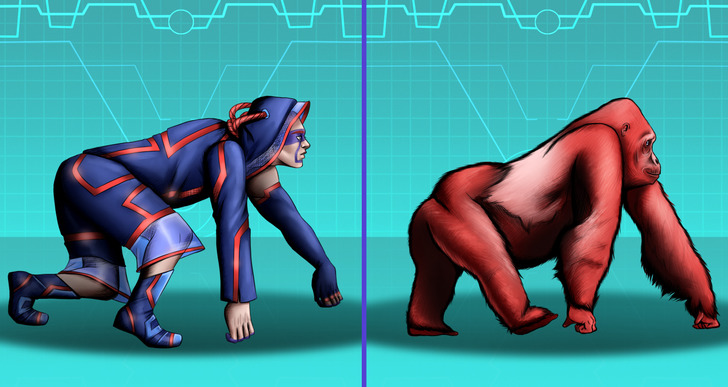
It turns out that having bad backs and experiencing frequent back pain is unique to us humans. As the prominent species that can walk upright, most of the stress from walking and standing on 2 legs falls on our lower backs.
Our close relative, the gorilla, might experience our back problems if they walked like us, but this is not the case for our knuckle-walking cousin. They crawl on all fours instead of walking to keep their balance and protect their backs, saving them all the pain as they age. There is even a back exercise that is named after the gorilla’s posture!
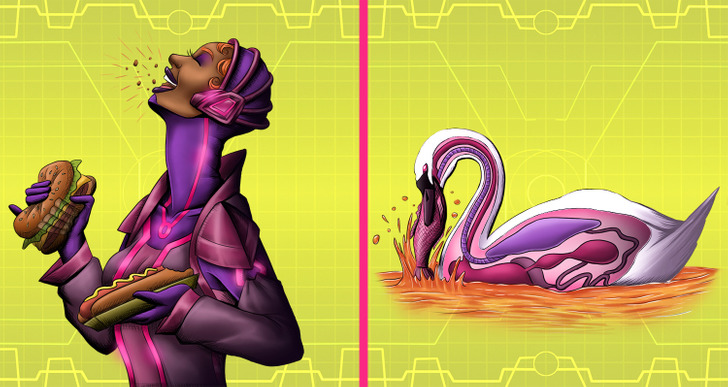
Choking is one hazard that we can’t avoid as humans and it can happen from eating or talking too much. This happens because food or other objects that get stuck in our throat obstruct our airways, eventually preventing oxygen from getting into our lungs.
However, swans and most birds have different special throat anatomy than humans, and it’s almost impossible for them to choke. Their slender necks have 2 passages: one for air to pass and one for food! Choking wouldn’t happen to humans if they had this kind of neck in the future.
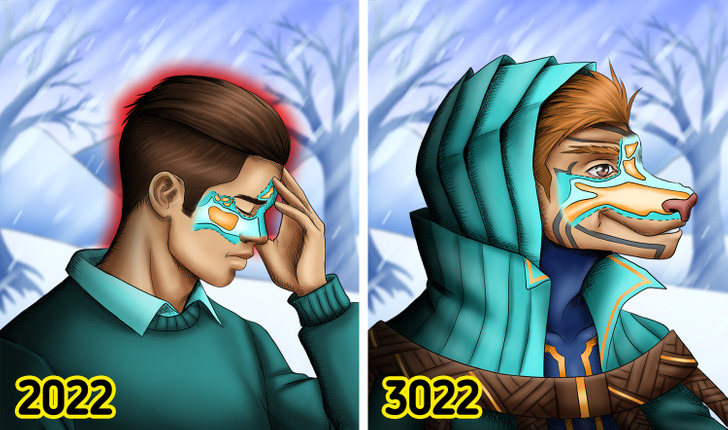
Colds and headaches have been partners in crime whenever the weather changes. This may be caused by your irritated sinuses draining upward. It takes double the effort for our sinuses to drain all the things we inhale, and they sometimes get stuck, giving us head colds.
Unlike humans, dogs and other animals who have longer, protruding snouts seldom experience these dreaded headaches because they have well-pronounced nasal cavities. It means that their sinuses are in the correct positions and drain downward.
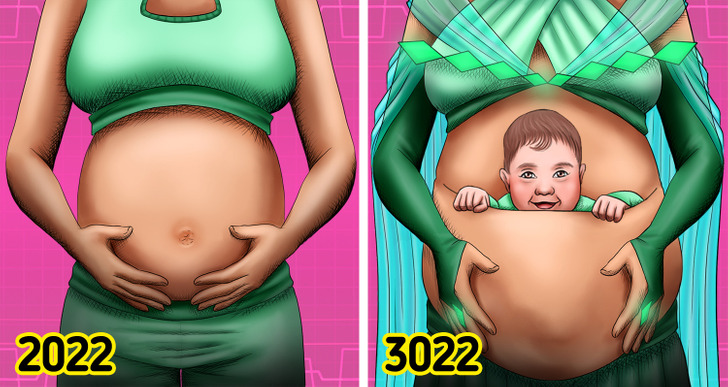
Giving birth to a human baby and raising it afterward is another feat of its own. Even C-section deliveries are now more widely considered than traditional normal births because more and more babies are born large and cannot fit through their mothers’ birth canals. The task of taking care of your bundle of joy after surgery can be very tiresome which can keep you far from enjoying your baby’s first moments.
Contrary to humans, kangaroos have a different method for childbirth. Baby joeys are born at a very early stage, almost underdeveloped, after only 34 days of pregnancy. They stay inside their mother’s pouches until they become fully developed after 6 months. With more time on their paws, mother kangaroos can multitask while carrying their joeys wherever they go.
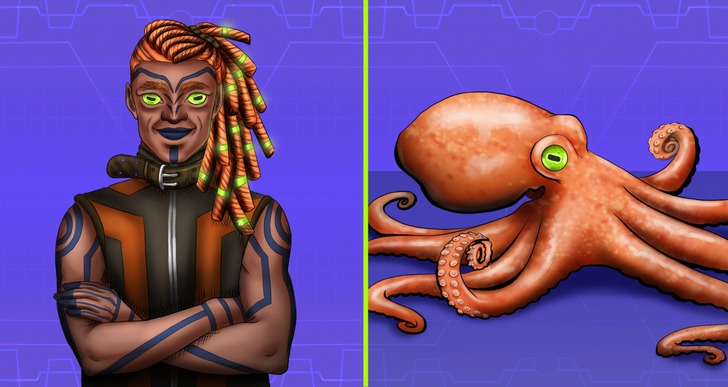
As a highly evolved species, humans can have terrible vision. We need corrective glasses and contact lenses, and then we have what we call blind spots. Blind spots are areas in our eyes where images around us go undetected. It’s like our eyes trick us when we cover one eye and we don’t see some objects that are present in front of us.
Octopuses and other cephalopods, on the other hand, have no blind spots and can see all the way through because there is no light blocked when it passes through their eyes. Their remarkable eyes help them in situations where it is dark and challenging. Humans won’t be needing 4 eyes with a pair of these.
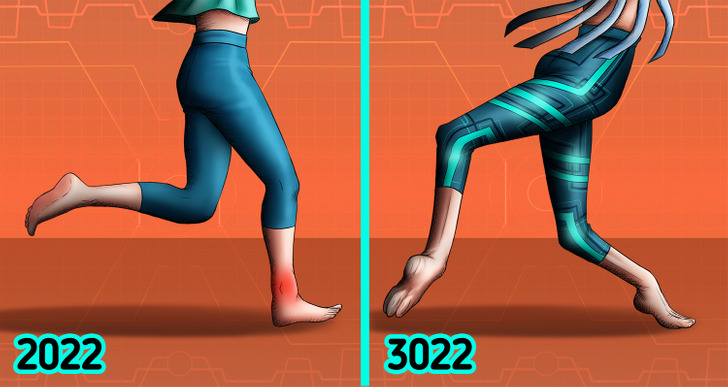
Humans show off their competitive and athletic side by being champions of running and gymnastics in the Olympics and other events worldwide. But, let’s face it, our lower body still needs to be stronger if we want to survive in the future because there is one big problem — our legs and feet are riddled with human errors.
Ostriches seem to experience the world differently with their legs. Their sturdy legs and 2 big toes help them run in the wild at faster speeds than an average human with incredible balance and strength. Their kicks can deliver a massive blow to their attackers too!
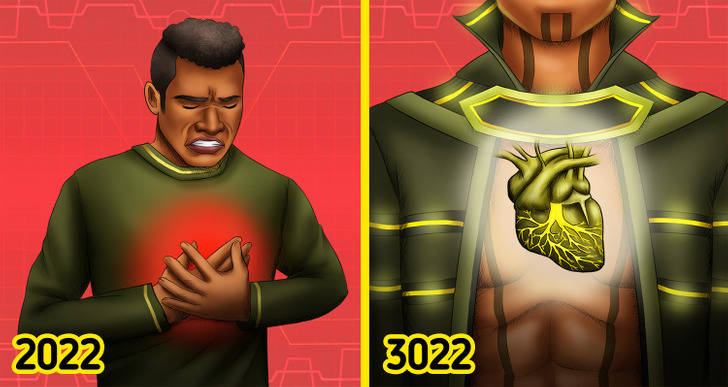
Human hearts are fragile organs — so fragile that we can literally experience the word “heartbreak.” We encounter difficulties with our hearts because of many factors, like diet and physical activity, leading to a heart attack. A heart attack happens when a part of our heart experiences blood loss, mainly because of a clogged artery.
Just like humans, dogs experience heart attacks too! However, the risk of having them may be smaller compared to humans. This is because their coronary arteries are connected rather than separated, like in a human heart. This means that if a dog experiences a heart attack with a clogged artery, the other artery helps pump more blood to the other side.
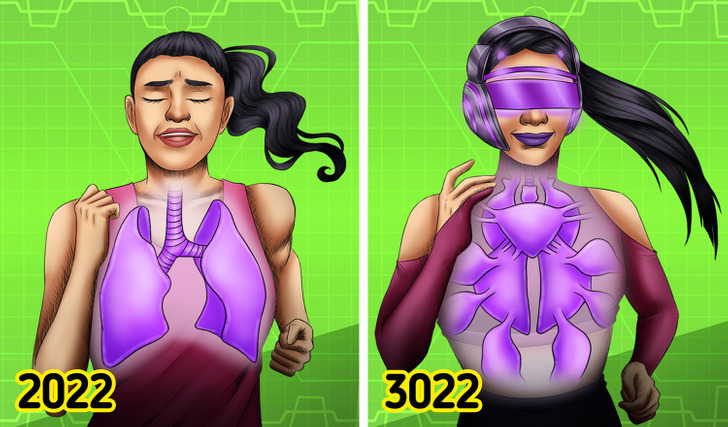
Breathing is one thing, but becoming champions at it is another thing altogether. It turns out that our lungs might not be the best for challenging and exhausting activities like mountain climbing and running marathons. And our body-lung ratio and daily lifestyle might be the culprits for this human flaw.
Moreover, birds have proven to be far more superior than any human when it comes to breathing. Even with their size, they have developed a unique pair of lungs, accompanied by air sacs, that work their magic during long flights and agile movements. These make breathing a piece of cake for all birds.
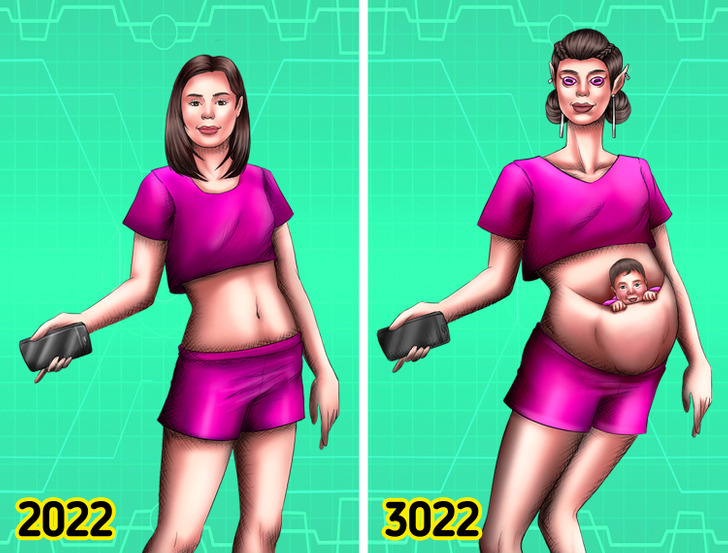
Which of these human flaws have you experienced lately? Which cool animal trait would you like to have in the future?











